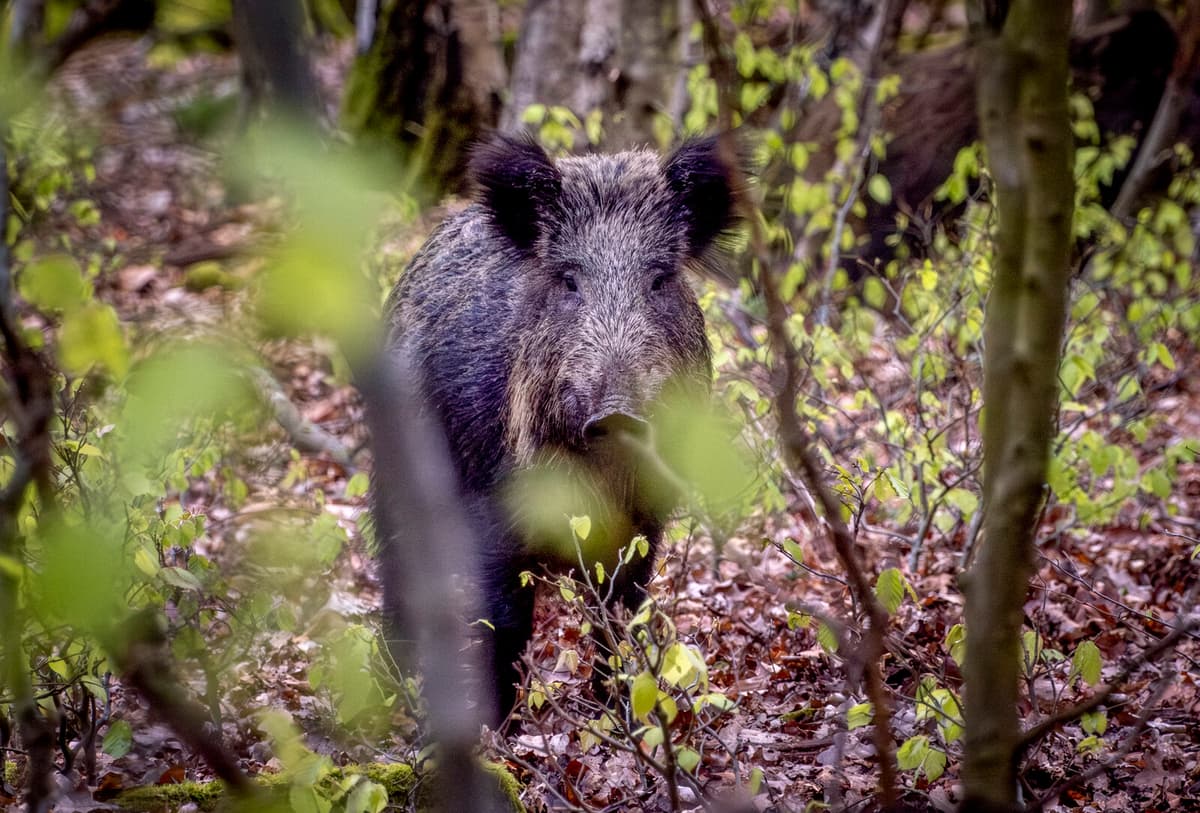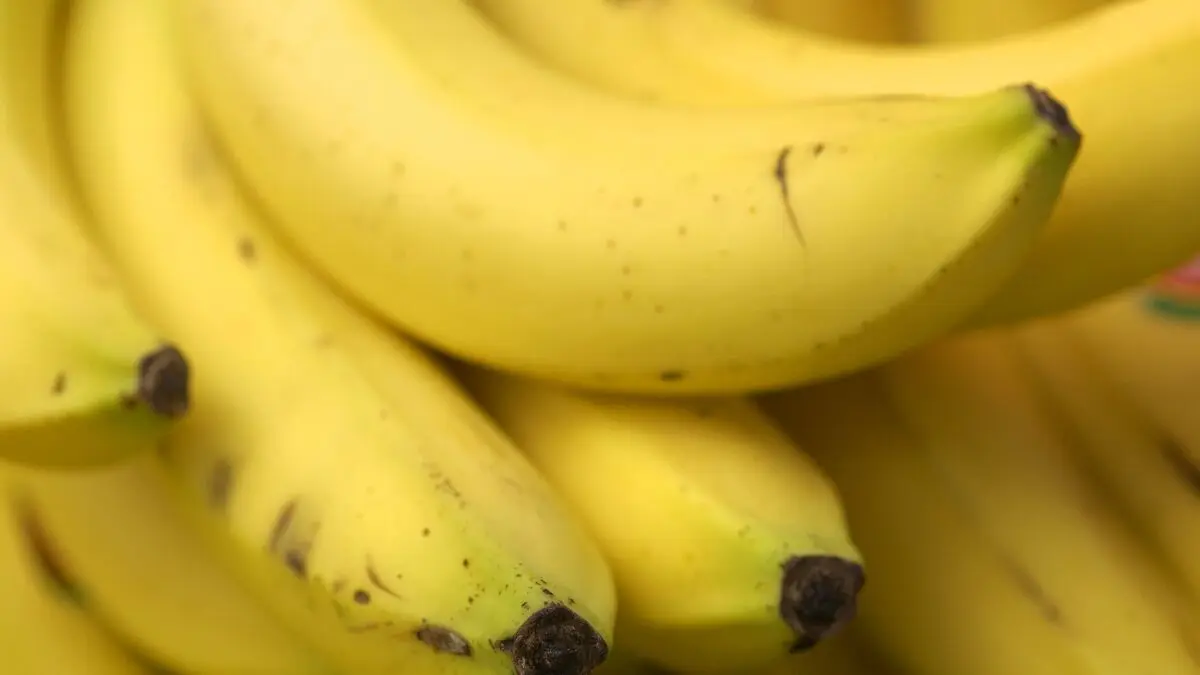Researcher Evelina Augustsson has since 2018 followed the wild boar's progress at Grimsö research station in Bergslagen, where they have tested feeding the animals.
Around a hundred wild boars have been anaesthetized with sedation darts, and then equipped with GPS collars and ear tags.
"Hot topic"
The research has dealt with several parts, including testing whether feeding can make the wild boars avoid going out onto agricultural land, where they can cause significant damage.
It's a bit of a hot topic today. Many farmers feed with the intention of diverting from agricultural areas. But we couldn't see any effect on how much time the wild boars spent in agricultural land around this area, says Augustsson.
In other studies, a certain effect has been seen.
But the general conclusion is still that it is very limited.
Red-listed species can thrive
Evelina Augustsson has also studied what happens in the forest where the wild boars graze. When the pigs root around in heavily used forest with low natural values, the soil is exposed, giving other types of plants a chance to grow. It mainly concerns vascular plants, of which there are hundreds of red-listed species in Sweden.
We saw an increase in diversity and that certain species are favored more than others. There are also potential effects for other organisms that live off these plants, such as insects and so on.
Maybe the study can improve the wild boar's reputation, which perhaps got an extra dent when the swine fever spread in Västmanland in 2023.
The wild boar is portrayed as a problem and a bandit in many ways. Then I think it's fun to show that it doesn't have to be that way in all aspects.
The wild boar (Sus scrofa) is the ancestor of the domestic pig. The boar is equipped with tusks, which it can use to defend itself with. A wild boar can weigh up to 200 kilos and go on the attack, killing large predators if it is attacked.
Wild boars can reach speeds of up to 50 kilometers per hour. They have poor eyesight, but good hearing and sense of smell.
In the 1700s, the wild boar was eradicated from Sweden. But some escapees in the 1970s became the starting point for today's Swedish stock, which was estimated to comprise 300,000 individuals in 2021. The wild boar lives from Gävleborg and Dalarna and southwards.
Sources: NE, Örebro County Administrative Board





